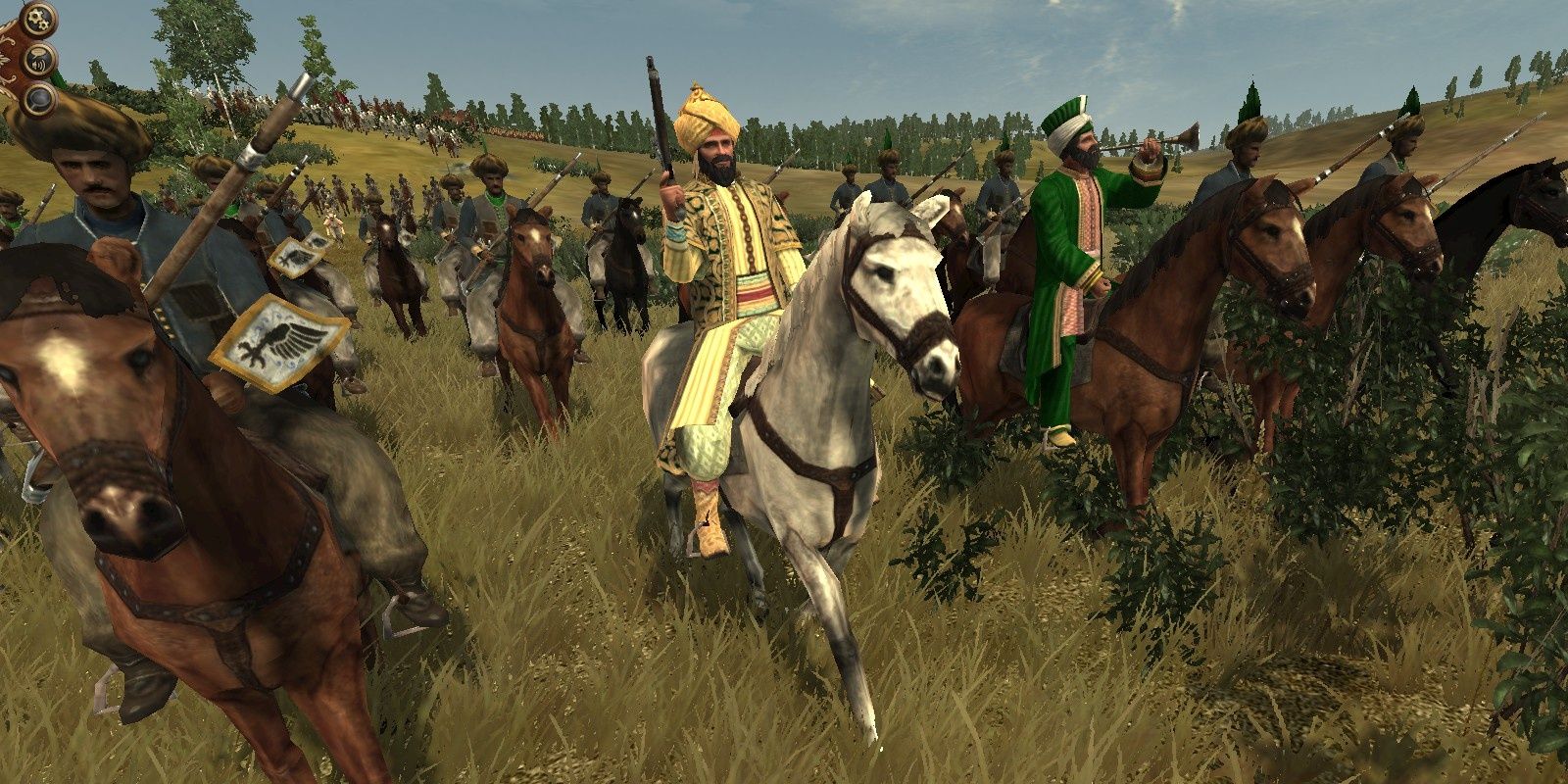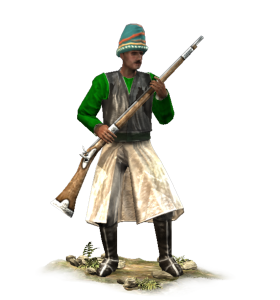

Murad, believing that any change to the battle would finally break the deadlock, met Miloš in his private tent, where the Serb lunged forward and stabbed Murad before the guards reacted. Instead, there is a later report that as the Serb lines crumbled, a Serbian aristocrat (often named as Miloš Obilić) pretended to defect and was brought before the sultan.

The idea that a dozen Serbs were able to break through the entire central force of the Ottoman army, which we know held for the whole battle, doesn’t make sense. While this account claims to describe how Murad died, it doesn’t ring true. A contemporary account states that: “having penetrated the enemy lines and the circle of chained camels, heroically reached the tent of Murat (sic) … (and killed him) by stabbing him with a sword in the throat and belly.” In 1389, at the famous Battle of Kosovo, Murad I was in his tent as his forces fought a brutal and bloody engagement with Serb forces. Unfortunately for the early empire, these sultans were father and son. Only once did a sultan die in battle and only one sultan was ever captured by an enemy. We don’t know what he looked like we have no proclamations extant from his reign, as Osman’s reign began in what was then the Ottoman Dark Ages. During his lifetime, he was regarded as unimportant enough that we have absolutely no contemporary sources about him. Osman was definitely real, but in some ways, he’s like King Arthur in the west: a founder of an idea and a near-mythical figure. Putting it simply, Osman was unlikely ever to have had such an impractical sword, though it could be that the original blade was later plated and embellished. Osman’s lavishly-decorated sword and belt are the Ottoman equivalent of the coronation crown jewels, but it’s doubtful that what is seen today on display in the Topkapı Palace Museum in Istanbul is what Osman held in his hand. But as the empire matured and then waned, so the sultans began to shirk their duties on the battlefield.

This certainly rang true in the first half of the history of the empire, and for the next 300 years, sultans would regularly be seen in battle. This was the Ottoman equivalent of being anointed and crowned in the west and was a reminder to all of the 36 sultans who followed that their power and status came from this legendary warrior and that they were martial rulers. It was on the coronation day of Osman’s successor that the tradition of wearing Osman’s sword, girded by his belt, began. He was very much a warrior in the mould of other great cavalry officers of the Middle Ages (like Genghis Khan before he won an empire). The Seljuks had arrived from the Asiatic steppes in the 11th century AD and had been in Anatolia for generations, while Osman had ruled a tiny Anatolian territory at the end of the 13th century and the early 14th century. Osman, a Seljuk Turk, is the man who is seen as the founder of the empire (his name is sometimes spelt Ottman or Othman, hence the term ‘Ottoman’).


 0 kommentar(er)
0 kommentar(er)
